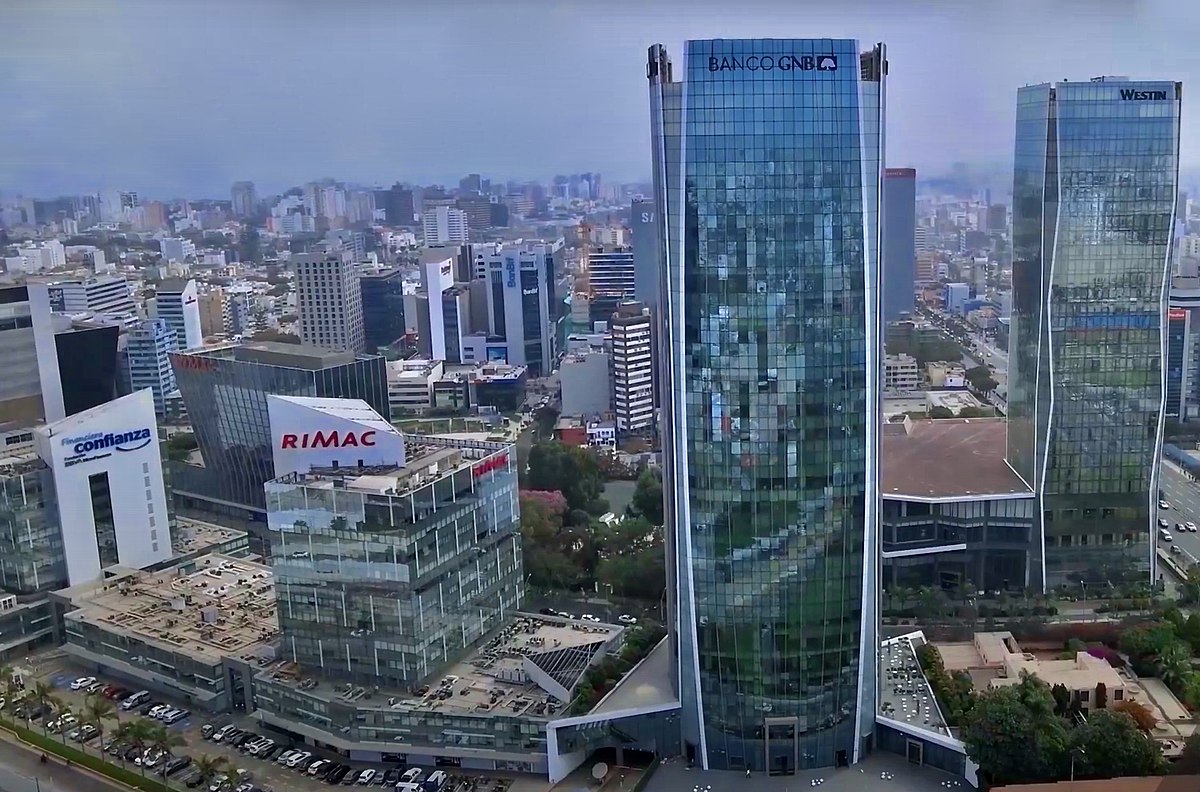Latin America registered its best Economic Climate Index (ECI) level in the first quarter of 2023.
In the first quarter of 2023, the business climate in Peru ranks fourth among its Latin American neighbors. This is according to a study recently released by Brazil’s Getúlio Vargas Foundation (FGV).
The Economic Climate Index (ECI) of the region, which was prepared with the input of 143 specialists from 15 countries, gives the business climate in Peru 89.6 points.
The FGV report specifies that Paraguay remains the leader in the list of Latin American countries with the most significant improvement. Its Economic Climate Index score jumped from 114.7 to 162.3 points. This is partly thanks to the fact that the country began to recover from a significant drought that resulted in a loss of exports to Russia.
In second place was Uruguay, with 99.3 points, followed by Mexico (89.8 points), Peru (89.6 points), Ecuador (79.1 points), and Brazil (73.5 points).
Business Climate Performance
Colombia’s indicator fell from 137.6 points in the last quarter of 2021, when the progressive Gustavo Petro was elected president. Colombia’s ICE registered 53.5 points in the first quarter of 2023.
Chile (35.7 points), Argentina (35.3), and Bolivia (32.1) complete the list, with very low indicators.
He specified that the indicator for Venezuela stopped being measured several months ago due to the exceptional situation in the country.
The FGV revealed that the business climate in Latin America registered its best level in the first quarter of this year since the last quarter of 2021. Overall, the region’s ICE rose 6.9 units in the last quarter, reaching 73.4 points. Despite this fact, the ICE is 3.5 points below its average for the previous ten years (76.9), but the first quarter of 2023 represents its best score since the end of 2021 (80.6).
According to the Getúlio Vargas Foundation, the largest private university for economic studies in Brazil, the rise in the ICE indicator was due to both the improvement in the perception of the current economic situation and the projection in the outlook for the next six months.
GDP projections
The FGV’s study considers the forecasts of the gross domestic product (GDP) of the countries in the region for 2023, which are mostly below 3%. According to the Getúlio Vargas Foundation, “this is worrying for a developing region that has limitations in physical infrastructure and indicators of social development.”
In the last quarter, only the GDP growth prospects of Paraguay (4.6%), Mexico (1.7%), and Argentina (1.2%) improved, while they worsened in Chile (-1.8%), Colombia (1.1%), Brazil (1.1%), Bolivia (3.4%), Peru (2.5%), Uruguay (2.4%) and Ecuador (2.4%).
The economic survey of Latin America allows the monitoring and prediction of economic trends based on quarterly information provided by experts in the economies of each country examined.
The same methodology is applied simultaneously to all the countries of the region. Conducting the study in this manner allows the construction of an agile and broad panorama of the economic situation of the countries and economic bloc under consideration.
Peru grew in the last quarter of 2022
In the fourth quarter of 2022, Peru’s GDP grew by 1.7%. This gain in Gross Domestic Products is a result that is mainly explained by the performance of domestic demand at 2.1%, driven by family consumption (2.3%), as well as by the increase in investment gross fixed capital (2.6%), especially public investment (23.4%), reported the National Institute of Statistics and Informatics (INEI).
It specifies that the evolution of economic activity occurred, and the business climate in Peru took place in a context of slower growth in the world economy and that of Peru’s main trading partners.
During 2022, Peru’s GDP grew by 2.7%. This was driven by domestic demand. This sector of the economy presented a gain of 2.3%. This result was mainly due to the contribution of household consumption (3.6%) and gross fixed capital formation (0.8%). Exports (5.9%) and imports of goods and services (4.2%) also showed positive results.
The business climate in Peru has benefitted from macroeconomic stability. The country has maintained a stable macroeconomic environment for many years. This has resulted in low inflation, low debt, and a stable currency. These factors make Peru an attractive destination for foreign investors.
In addition to stability, the business climate in Peru benefits from the country’s diversified economy. In addition to a strong mining sector, the country has a growing manufacturing and service sector. This growth is attributable to the investment-friendly policies that the Peruvian government has put into place. These policies include tax incentives for investors and streamlined procedures for setting up a business.

